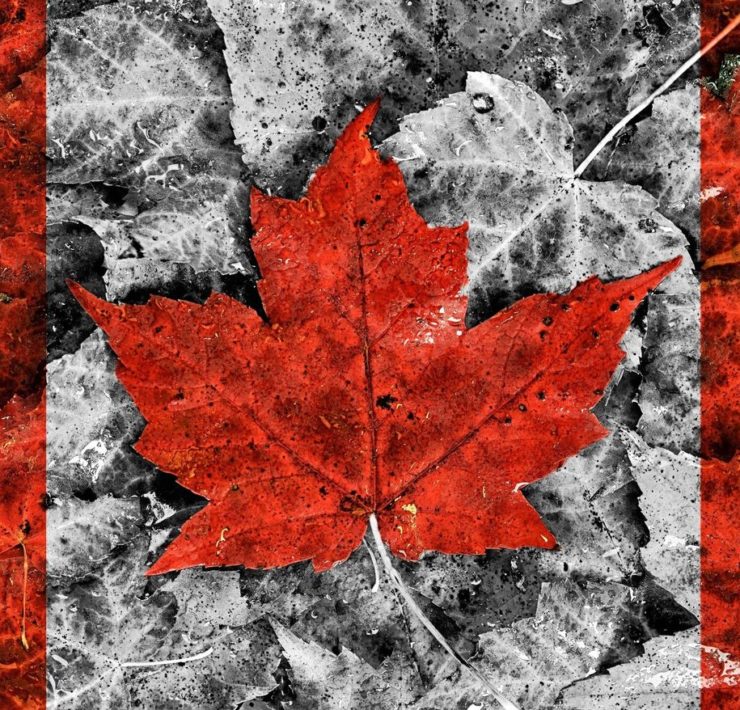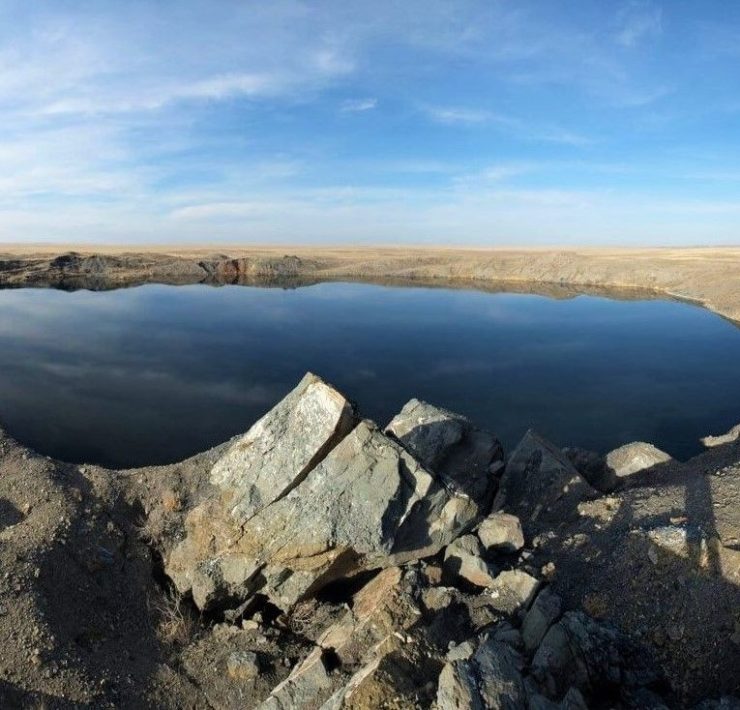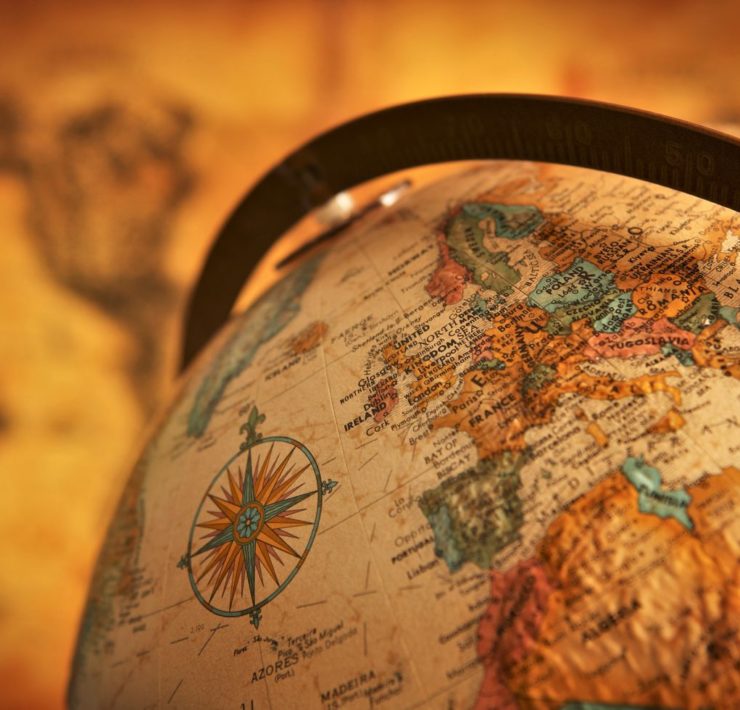In the growing “green thinking” efforts of the 21st century, recycling has been the main approach of many countries in their efforts to reduce their waste and save the environment from harmful greenhouse gases, which endanger essential wildlife habitats. However, Sweden is ahead of the rest of the world, using 32 waste-to-energy (WTE) plants around the country to turn the waste that they can’t recycle or reuse into energy that heats and lights their homes. While Sweden produces roughly the same amount of trash as the rest of the European Union, only 1% of their trash goes to landfill.
Sweden’s waste-to-energy plants burn almost two million tons of waste per year. This is about half of the country’s yearly waste. The WTE plants work, creating energy, by the steam that is produced when the trash is burned. The steam creates pressure that spins the turbines of a generator, producing electricity.
Göran Skoglund, a spokesperson for Öresundskraft, a leading energy company in Sweden, says that, “three tons of waste contains as much energy as one ton of fuel oil”. Sweden’s 2 million tons of trash is burned to create 670,000 tons of fuel oil energy. This energy heats almost one million homes and provides electricity for over a quarter of a million homes in Sweden. Their WTE plants have been so successful that they have even imported trash from other European Union countries to burn.
With new technology come new environmental hazards. While burning trash allows Sweden to dispose of only 1% of their waste into landfills, it creates new byproducts that could harm the atmosphere. Byproducts, such as ash, contain dioxins, which are a chemical contaminant. The WTE plants have been in use in Sweden for many years and have continued to improve their equipment, allowing them to disperse fewer dioxins into the atmosphere.
As the world continues to reduce the human footprint on the environment, new ways of eliminating and reusing waste will emerge. Sweden is at the front-end of leading the way to greener energy and elimination of their country’s yearly waste.
When On Earth Magazine is for people who love travel. We provide informative travel guides, tips, ideas and advice regarding places to see, things to do, what to taste, and much more for world travelers seeking their next dream vacation destination.






